#hexapoda
Explore tagged Tumblr posts
Text


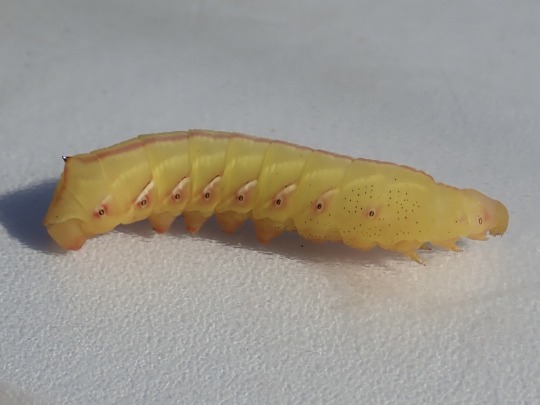


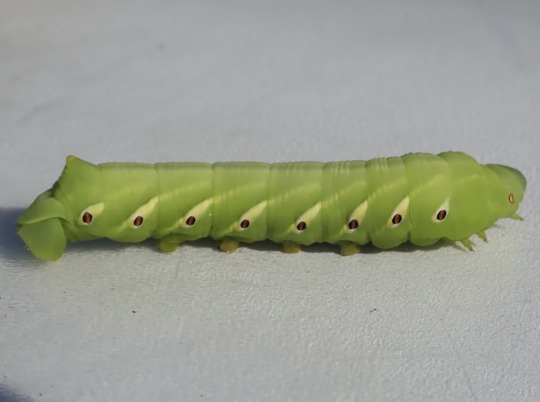
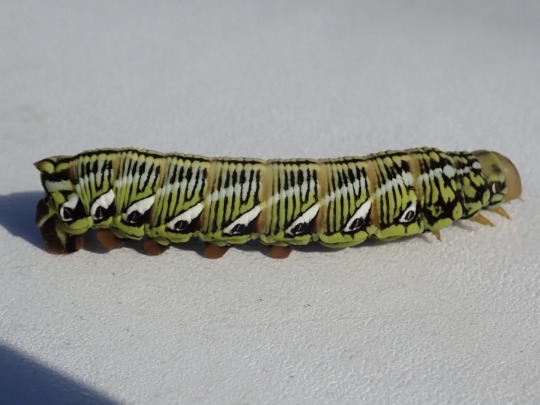
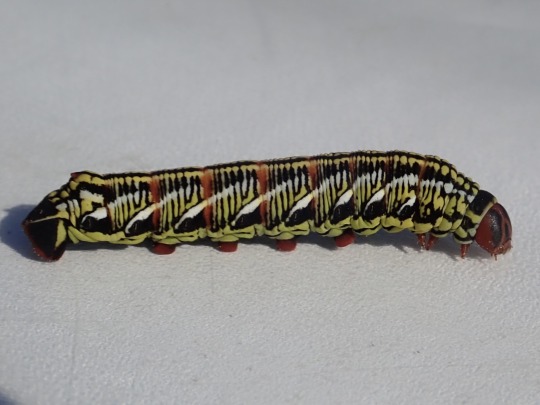
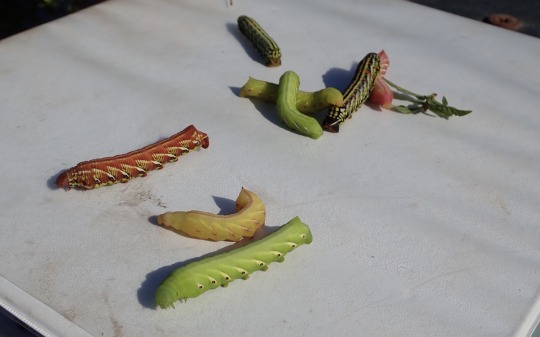
i found lots of different Eumorpha fasciatus caterpillar color morphs today!
9K notes
·
View notes
Text









here's dasymutilla aureola to make your day a little better :)
pacific velvet ant
handle at your own risk 🪲
#velvet ants#wasps#hymenoptera#one nice bug#bugs#insects#hexapoda#inaturalist#inat#naturalists on tumblr
249 notes
·
View notes
Text

#IFTTT#Flickr#loepa#lampei#animalia#animals#arthropoda#arthropods#hexapoda#hexapods#insecta#insects#pterygota#winged#oncewinged#lepidoptera#butterflies#moths#bombycoidea#saturniidae#emperor#giant#silk#saturniinae#saturniini#insect#moth#animal#wild#wildlife
200 notes
·
View notes
Text
The tiny Wet Wood World (www) of one log provided me not only with the pink mites, but also two species of Neelid! 😍 The little grey lumps are much bigger than the pale one (Neelus murinus possibly). I had not seen the grey ones in Florida until now!
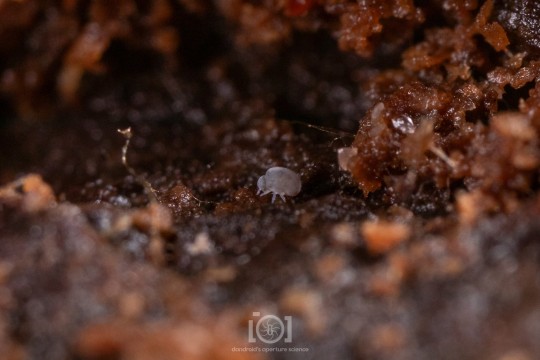

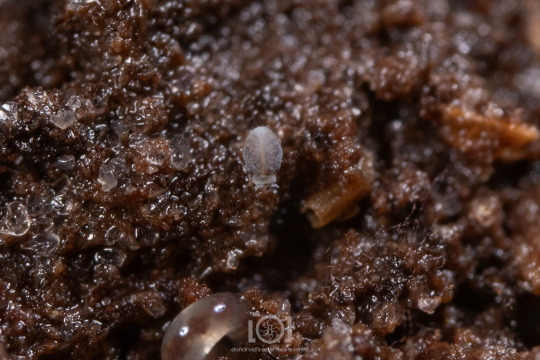


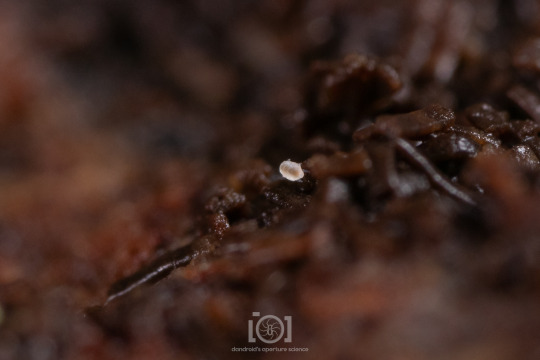
201 notes
·
View notes
Text
springtails on my white wood log? what is it, my birthday?
#finnaly found a motherlode of white wood for my millipedes#came with free cleanup crew residents!#springtails#hexapoda#millipedes#bugposting#bug#bugblr#bugs#bug to me
34 notes
·
View notes
Text
Globular Springtail (Ptenothrix renateae), taken February 7, 2025, in Georgia, US
I spent about half an hour yesterday inspecting a wet, rotten log and found some absolutely epic looking springtails!! This guy is probably my favorite of those finds, but I also found a different black and gold one who from the naked eye literally just looked like a speck of dust. The only reason I saw him was because he was on a pretty smooth spot of wood and he was running like mad. When stuff is that small, it really helps if it's moving!
#Ptenothrix renateae#globular springtail#springtail#hexapoda#bugs#invertebrates#animals#nature#wildlife#photography#video
16 notes
·
View notes
Text
Introduction
Hexapoda is, by far, the most successful group of animals ever. Descended from crustaceans, they probably emerged on land during the Silurian period, although the earliest definitive fossils like the springtail Rhyniella date from the early Devonian.
Today, nearly a million hexapod species are known, the vast majority of them insects, making up half of all known animal species. They have colonized all habitats, with one insect and multiple springtails even being known from the Antarctic mainland.
The basal ones
These orders belong to neither of the two larger Hexapoda classes (insects and springtails). They have traditionally been grouped with springtails in the "Entognatha" due to their hidden mouthparts, although phylogenetic studies show that they might have acquired this trait independently.
Protura, the coneheads

Protura sp., David R. Maddison, CC BY-SA 3.0
Tiny, eyeless creatures less than one millimeter long, proturans are usually found in leaf litter and moist soils. They are functionally centaurs, holding their front legs up like antennas to sense their surroundings.
They are believed to be the sister group of springtails in the clade Elliplura, although some scientists have placed them as basal to all hexapods, or even as a completely separate group. Fact is, they're tiny, easy to miss, and still extremely understudied.
Diplura, the two-pronged bristletails

Campodea staphylinus, Mvuijlst, CC BY-SA 3.0
Pretty much the poster child for what the default hexapod looks like. Another group of eyeless creatures found in leaf litter and moist soils, they can reach up to 5 centimeters long. Their main feature is their long pair of cerci (ass antennas), nearly as long as their actual body. Some of them have turned their cerci into pincers, making them look like earwigs.
Diplurans are most likely the sister group of insects in the clade Cercophora (ass antenna bearers), and indeed look like an off-brand version of basal insect groups. Earlier diplurans like Testajapyx from Mazon Creek had semi-external mouthparts and functioning eyes, so their loss in modern diplurans is very much a skill issue.
16 notes
·
View notes
Text
[VIDEO TAKEN: FEBRUARY 21ST, 2024 | Video ID: A video zooming in on and showing two yellow globular springtails roaming on a leaf sticking out of the water, one smaller and more mobile than the other /End ID.]
Kind of hard to get quality video of these beasties with how tiny they are, but it's super nice to see springtails in the wild!
#springtails#springtail#hexapoda#collembola#bug#bugs#bugblr#arthropods#arthropod#Inverts#invertebrates#videos#video#Wasp House Sights
25 notes
·
View notes
Text
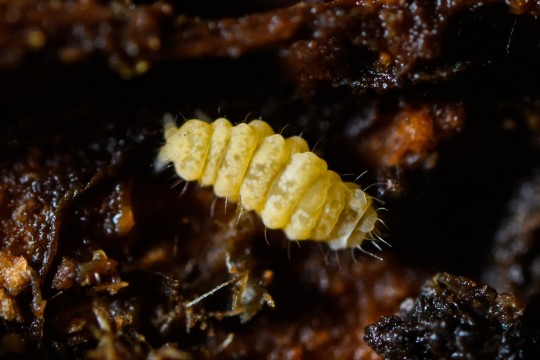
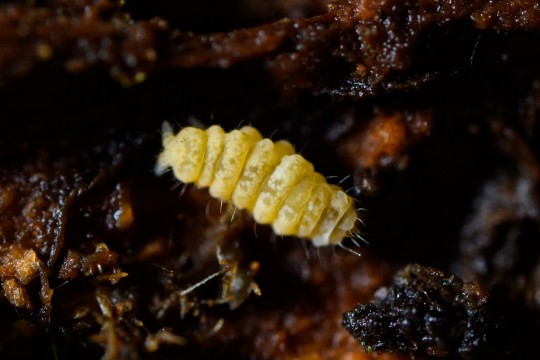
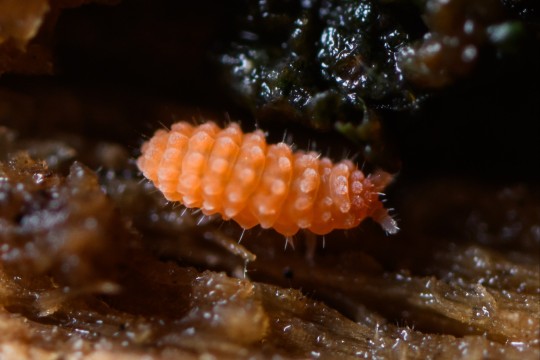
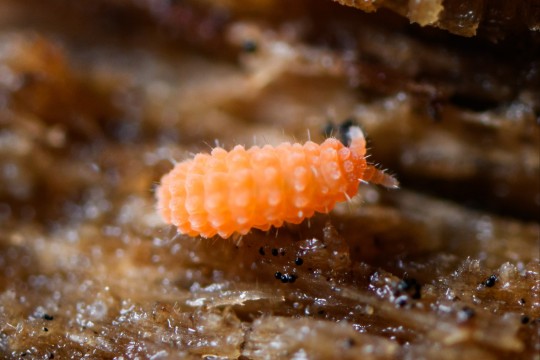
yellow and orange neanurid springtails. orange springtail likely Vitronura giselae
#classic of red sunguss rare of yellow sunguss#nature#photography#science#animals#arthropods#bugblr#invertebrates#macro photography#hexapoda#collembola#springtails#poduromorpha#neanuridae#vitronura giselae
19 notes
·
View notes
Text

Haven't posted in a fat second, this is a critter I'm working on
#character design#original art#original species#centaur#alien#hexapoda#doodle#art#sketch#creature#creature design#raptor#insect#horse#ostrich
7 notes
·
View notes
Text
Trench Bugs

5 foot, determined, fast, and great at digging.
2 notes
·
View notes
Text

#IFTTT#Flickr#macro#insect#weevil#sonya7r5#sonyfe2890macrogoss#zerenestacker#indonesia#moluccas#animalia#arthropoda#hexapoda#insecta#pterygota#coleoptera#polyphaga#cucujiformia#curculionoidea#curculionidae#äktavivlar#gorgojosypicudos#pepekenguturoa#rüsselkäfer#долгоносики#חידקונתיים#хоботници#kärsaklased#바구미과#חדקוניתיים
163 notes
·
View notes
Text
It's a very, very small thing, but I'm so happy to have thriving populations of Neelid springtails in my two isopod/Shy-Hulud enclosures! I added a bare handful (actually about 5, not a literal handful, which would number in the thousands at least) last year, and they've multiplied! 🖤




77 notes
·
View notes
Text

#natural history#biology#dark academia#insects#butterflies#augsburg#original photographers#biologie#original photography#insekten#schmetterlinge#animals#tiere#light academia#hexapoda#academia aesthetic#lepidoptera#insect#insekt#butterfly#schmetterling
14 notes
·
View notes
Text



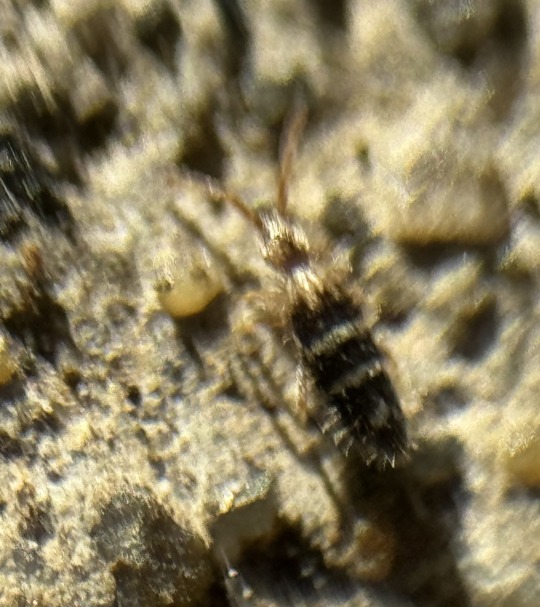

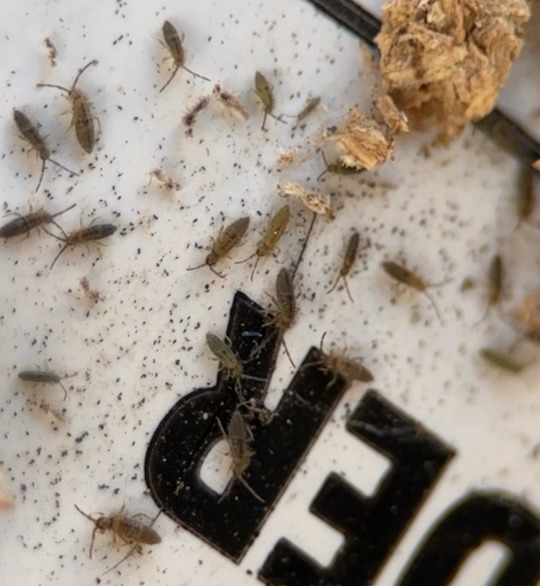
Springtails are so cute <3
Assorted unidentified species in family Entomobryidae (slender springtails) found under a bag of wood pellets.
Northern California
#springtails#springtails are cool#Entomobryidae#Collembola#hexapoda#not an insect#super tiny#macro photography#macro#nature#bugs#nature photography#biodiversity#animals#inaturalist#arthropods#invertebrates#bugblr#tiny#bay area wildlife#wildlife#nature appreciation#cute
3 notes
·
View notes
Text
I just want to write about every single hexapod order (insects, springtails & friends) but I know if I start I'll never finish it (and I still haven't finished the phylum one from last year)
8 notes
·
View notes